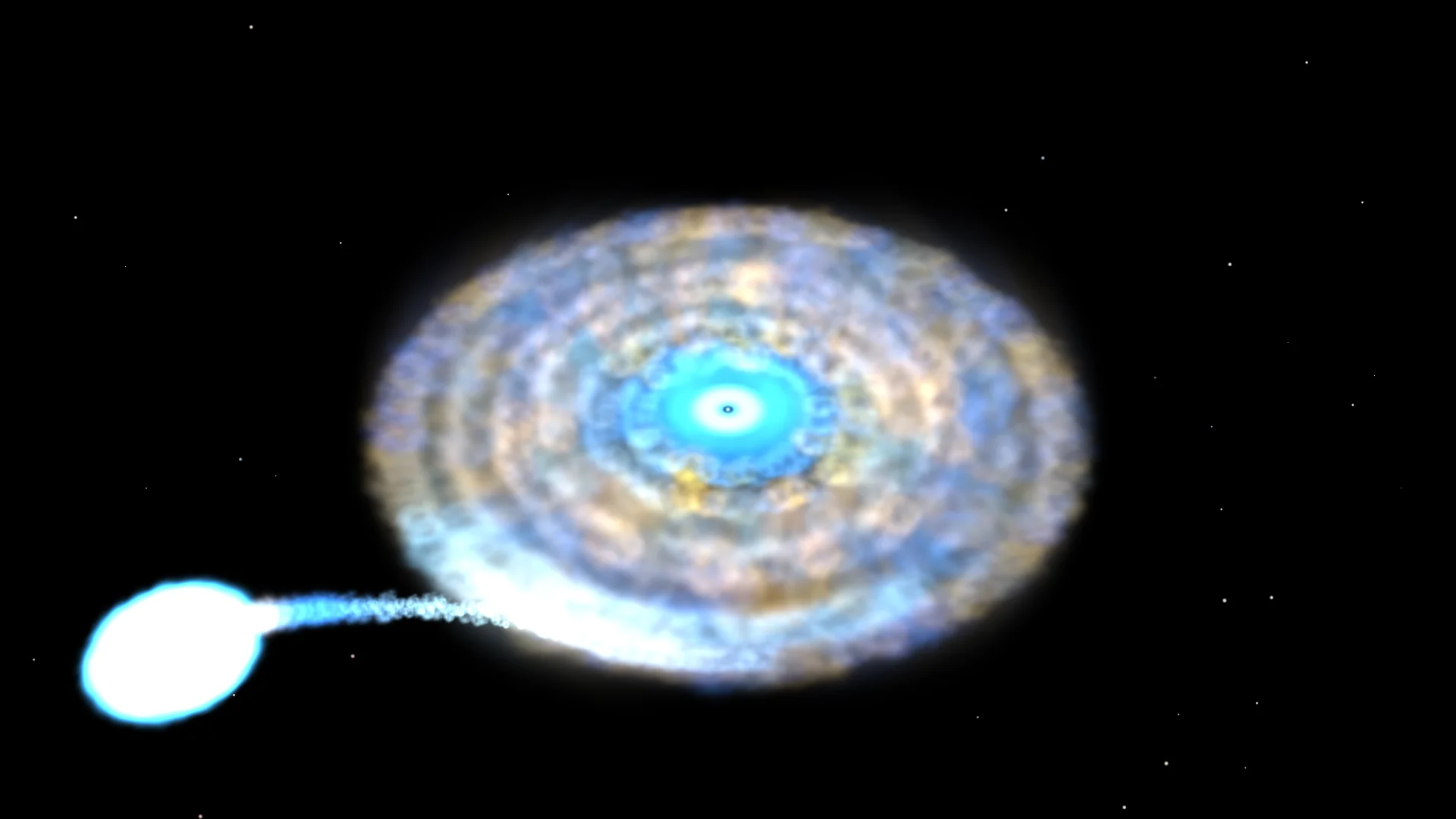Researchers have found the strongest evidence yet to suggest that Europa, one of Jupiter’s moons, has plumes ejecting water from its subsurface into space.
Can Artificial Intelligence help find alien intelligence?
If there is a multiverse, can there be life there too?
ALMA and VLT Find Evidence for Stars Forming Just 250 Million Years After Big Bang
Pros and cons of various methods of interstellar travel
It’s a staple of science fiction, and something many people have fantasized about at one time or another: the idea of sending out spaceships with colonists and transplanting the seed of humanity among the stars. Between discovering new worlds, becoming an interstellar species, and maybe even finding extra-terrestrial civilizations, the dream of spreading beyond the Solar System is one that can’t become reality soon enough!
Is it rational to trust your gut feelings? A neuroscientist explains
Europa by the Numbers
Galileo Galilei discovered Jupiter's moon Europa in 1610. More than four centuries later, astronomers are still making discoveries about its icy surface. With a diameter of almost 2,000 miles, an orbit equivalent to 3.5 Earth days and a mass about 65 percent of Earth's Moon, Europa is considered by some scientists a likely place to look for present-day environments suitable for life.
The next big discovery in astronomy? Scientists probably found it years ago – but they don’t know it yet
NASA is sending a helicopter to mars as part of the 2020 rover
At present, there are over a dozen robotic missions exploring the atmosphere and surface of Mars. These include, among others, the Curiosity rover, the Opportunity rover, the Mars Orbiter Mission (MOM), the Mars Reconnaissance Orbiter (MRO), the Mars Atmosphere and Volatile EvolutioN (MAVEN) orbiter, and the soon-to-arrive InSight Lander. In the coming decade, many more missions are planned.
Why we need to figure out a theory of consciousness
Understanding the biology behind consciousness (or self-awareness) is considered by some to be the final frontier of science. And over the last decade, a fledgling community of “consciousness scientists” have gathered some interesting information about the differences between conscious and unconscious brain activity.
Could resurrecting mammoths help stop Arctic emissions?
Forests are growing again where human well-being is increasing, finds new study
Health Check: what should I eat to improve my skin?
NASA Hosts Live Discussion about Europa Findings, Potential for Life
NASA Spacecraft Discovers New Magnetic Process in Turbulent Space
Though close to home, the space immediately around Earth is full of hidden secrets and invisible processes. In a new discovery reported in the journal Nature, scientists working with NASA’s Magnetospheric Multiscale spacecraft — MMS — have uncovered a new type of magnetic event in our near-Earth environment by using an innovative technique to squeeze extra information out of the data.
Light could solve one of quantum computing’s big problems
Black Hole Bounty Captured in the Milky Way Center
World’s most powerful camera can spot planets drowned by starlight
NASA’s NICER Mission Finds an X-ray Pulsar in a Record-fast Orbit
Scientists analyzing the first data from the Neutron star Interior Composition Explorer (NICER) mission have found two stars that revolve around each other every 38 minutes — about the time it takes to stream a TV drama. One of the stars in the system, called IGR J17062–6143 (J17062 for short), is a rapidly spinning, superdense star called a pulsar. The discovery bestows the stellar pair with the record for the shortest-known orbital period for a certain class of pulsar binary system.
The giant planets in the solar system stunted the growth of mars
For centuries, astronomers and scientists have sought to understand how our Solar System came to be. Since that time, two theories have become commonly-accepted that explain how it formed and evolved over time. These are the Nebular Hypothesis and the Nice Model, respectively. Whereas the former contends that the Sun and planets formed from a large cloud of dust and gas, the latter maintains the giant planets have migrated since their formation.


















